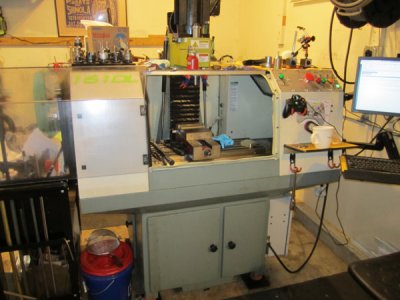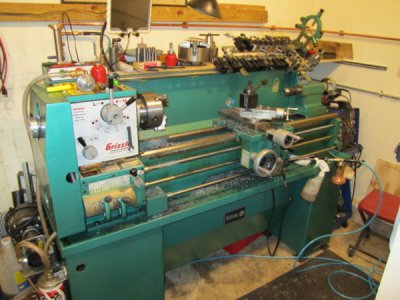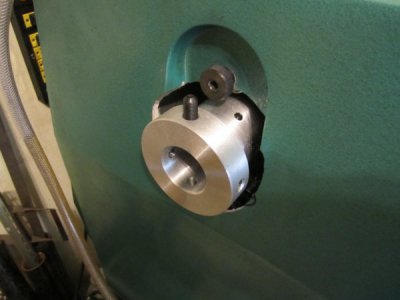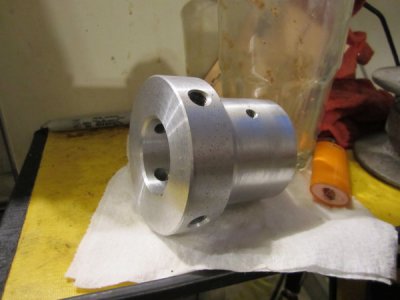I have a Mikini 1610L mill. It's an orphan mill, company is out of business since about 2012. Superb mechanical parts, ferociously crap electronics. SumDood in California set up a company around 2006-7 to import the mill frames and he designed (or paid for design) & sourced all the electronics from backyard Chinese sweatshops rather than proven COTS components. The result was utterly unreliable spindle operation and some incredibly cheap, failure-prone components. The axis motors & drives he bought open-market; oddly enough those work fine and I've kept them.
Bought it last year knowing the reputation and I've spent the past 8 months gutting it and re-doing every eletrical component on the mill. New computer, BOB, spindle motor, VFD, etc. Price was right due to the known electrical issues, and it cut down on the time/effort of a manual to CNC conversion.
It's about the same size as a Tormach 1100, but has linear rails instead of turcite-coated dovetail ways. So mine is probably a touch less rigid, but much, much faster rapids and no gibs to adjust. The basic mill mechanicals are still being manufactured and sold under the brand SkyFireCNC, but with a few updates and far superior electronics.
As to tapping, I bought a big (too big, frankly) spindle motor with an encoder on the shaft and rigged up an index trigger on the spindle. The controller software I'm using is UCCNC and it has the capability of rigid tapping out of the box. Because everything is working well and the software isn't as (potentially) glitchy as Mach3, I can actually peck tap and not wipe out the threads.
Spindle speed goes up to 7400rpm, and I've set the rapids to 200IPM, but it can go a bit faster. Cutting speeds up to 100IPM without losing steps (with low-pressure tool paths). If I ever make some money with it I'll probably switch over to 750W servos just to bump the rapids and cut down on the irritating stepper noise. It's plenty accurate now, but I fantasize about UCCNC upgrading their motion controller & software so I can use servo encoder output to close the loop back to the controller.
And yes, the spider chuck is for my G4016 14x40 lathe for exactly the same reason you want one.

The lathe mess. I'm a slob. Tablet is a home-made DRO.

The new spider chuck. 0.001" runout after tweaking the screws. Woo!





